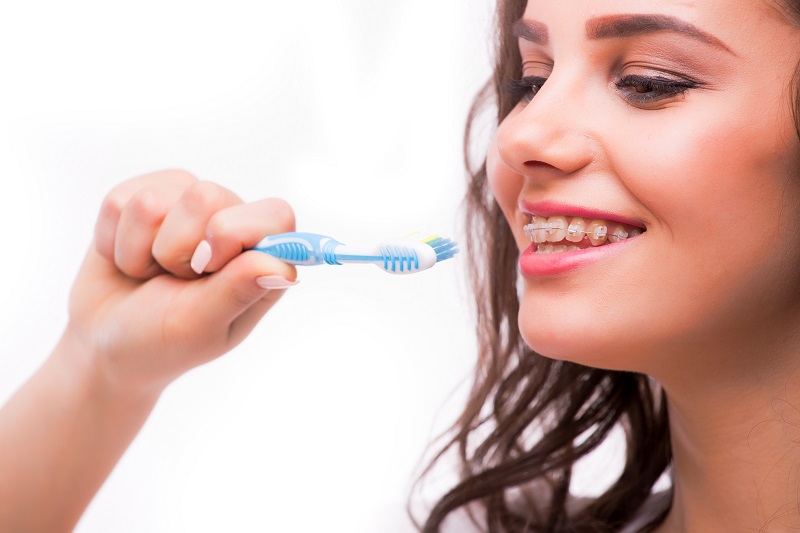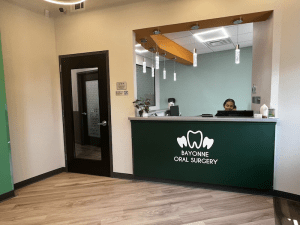Baby root canals: What are they and why are they necessary?

If we have recommended a root canal, or endodontic (“endo” = inside; “dont” = tooth), treatment, you might be asking why. After all, root canal treatment is a way of saving a tooth with bacterial infection or inflammation by removing the pulp in the center of the tooth. Since your child’s primary (baby) teeth will eventually come out on their own, you might wonder what the point is of trying to save one that is at risk of being lost prematurely.
In fact, saving a baby tooth may be just as important as saving a fully developed adult tooth. The untimely loss of baby teeth can interfere with chewing, speech development, and, most importantly, the alignment of newly developing permanent teeth. Here’s why: Each baby tooth holds the space open for the permanent tooth that will emerge behind it, and all teeth do not fall out at the same time. If there’s a gap that forms prematurely, the remaining teeth will shift position to fill it. And that can affect the ultimate alignment of permanent teeth.
Root canal treatment may also be recommended to treat a recently erupted permanent tooth (with roots not fully formed or developed) that has had pulp (nerve) damage.
A Primer on Tooth Anatomy
All teeth—temporary and permanent—have an exterior protective coating of enamel, the hardest substance in the human body. But deep decay from dental caries (cavities) or trauma to the tooth, like accidentally getting hit in the mouth with a ball, can damage the interior pulp. The pulp is located in a central space within the tooth called the “pulp chamber,” and branches through passageways called “canals” that extend into the tooth roots.
Filled with nerves, blood vessels, and connective tissue, pulp is important in the growth of all teeth, but a fully formed tooth doesn’t need it anymore. The nerves remain sensitive, however, which is why pulp damage typically (though not always) triggers pain, the most obvious symptom that something is wrong. Root canal treatment eliminates infection, removes all pulp from inside the tooth, and replaces it with sterile filling and sealing materials.
Thus, despite jokes and old wives’ tales to the contrary, endodontic therapy relieves pain, it does not cause it!
Symptoms and Diagnosis
Pediatric dentists, endodontists (specialists in tooth pain and pulp damage), and general dentists with additional training can perform root canal treatment in children. In the initial clinical exam, the dentist will review your child’s complete medical history because systemic (general) disease may require special treatment. He/she will also assess the pain. If it happens in response to stimuli, like hot or cold, sweet or acidic foods and beverages, or impact with another tooth, there are a number of possible causes—not all of which would require root canal treatment. But spontaneous (unprovoked), constant, throbbing pain typically indicates extensive pulp damage. Infection can travel out of the root tip and into the surrounding jawbone, possibly forming an abscess, and triggering secondary pain.
Diagnostic x-rays are essential to visualize what’s happening inside the tooth below the gum line.
Treatment
Root canal treatment is usually an in-office procedure performed under local anesthesia that completely numbs the affected tooth.
Prior to performing root canal therapy, the dentist will place a rubber “dam” around the tooth, isolating it from the rest of the mouth to prevent contamination. Then, he or she will use a miniature drill to create a tiny opening in the tooth to access the pulp. Using very small instruments, the dentist will next remove all the diseased pulp tissue from the entire length of the root canal(s) and pulp chamber, and disinfect them with antiseptic and antibacterial solutions. The cleaned space is typically filled with gutta-percha, a rubber-like natural material. The final step is to seal the access hole that was made to treat the canal(s).
Once the pulp is removed and the empty space is disinfected, sterilized, and filled, a crown or other restoration will be applied, further sealing the tooth to prevent more decay. The filling material is “biocompatible” so it can be absorbed by the body, which is what happens to the root(s) of a baby tooth as it makes way for its successor.
If you have any questions or concerns- set up your consultation in one of our offices today!




